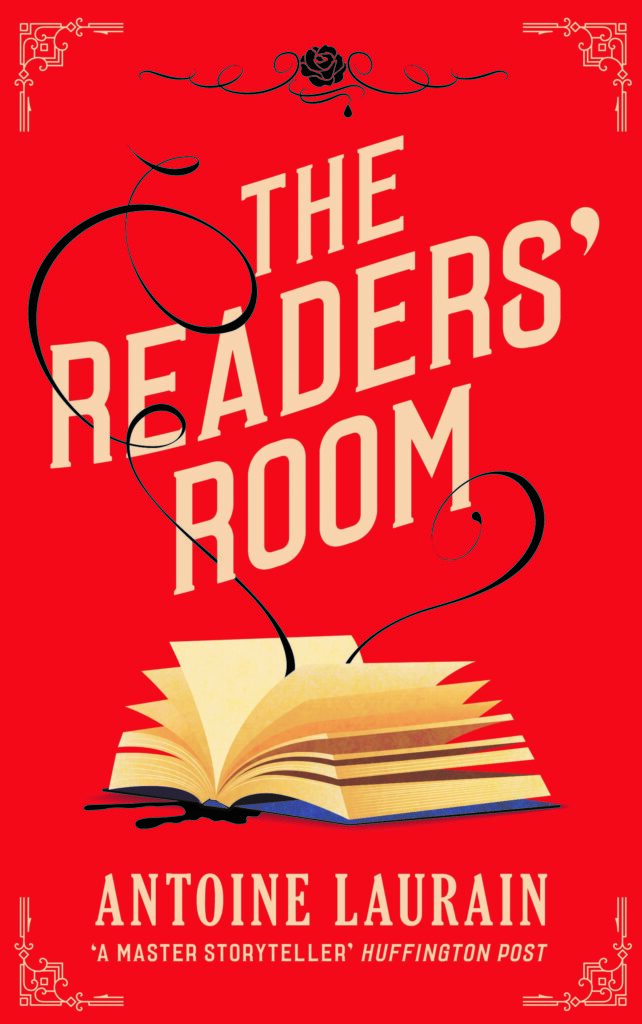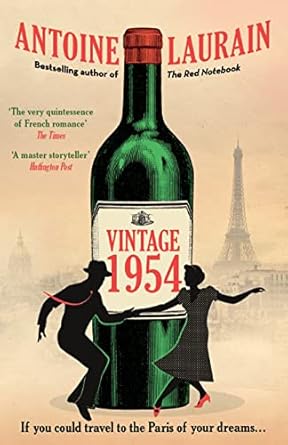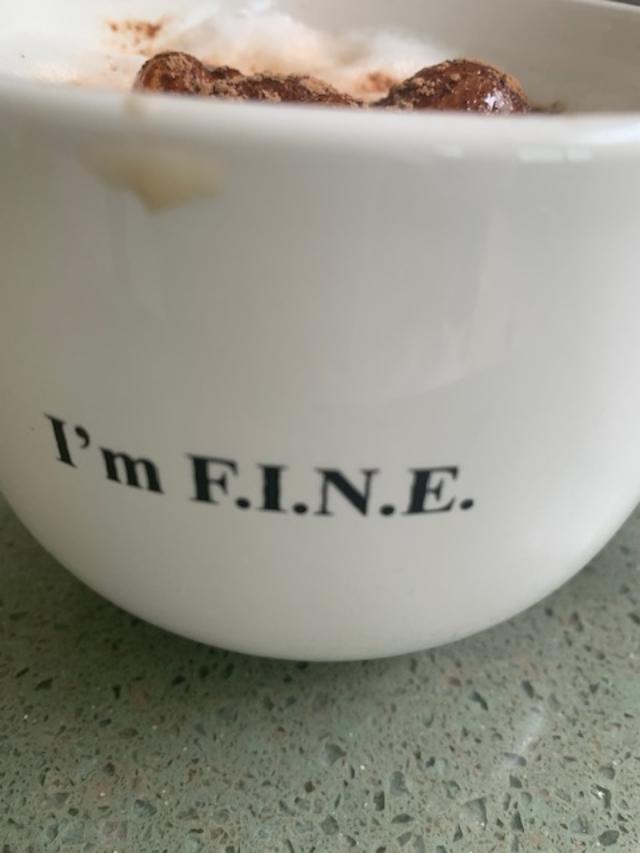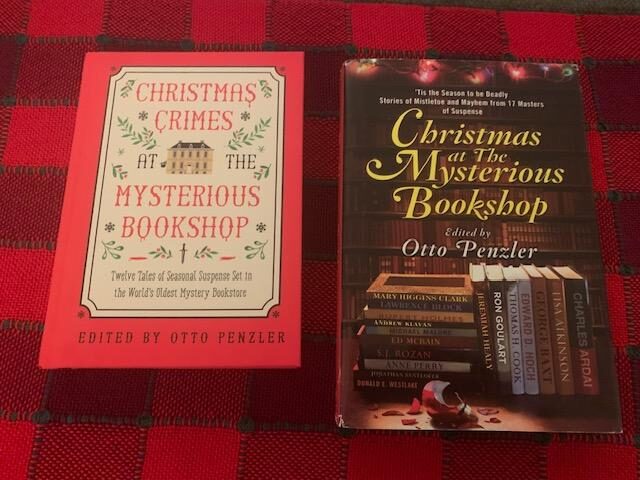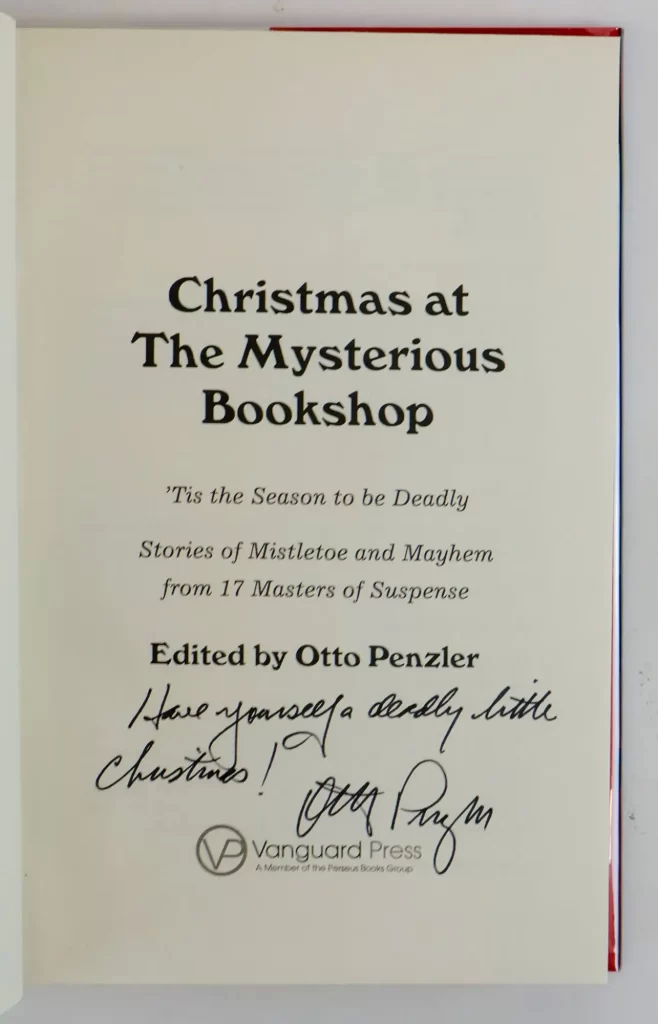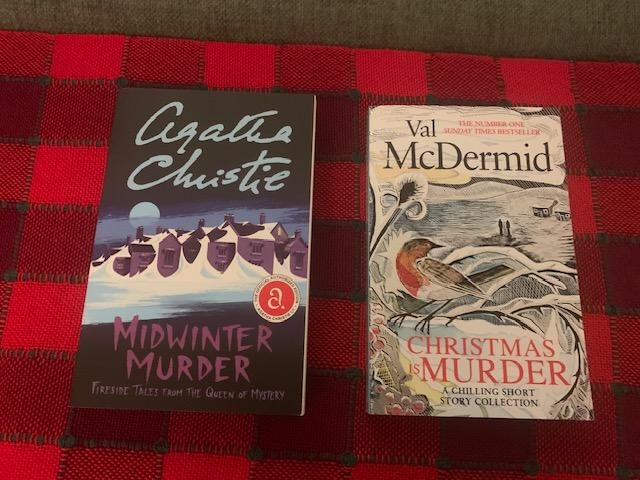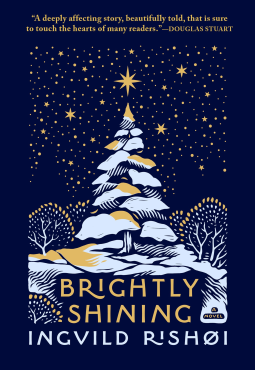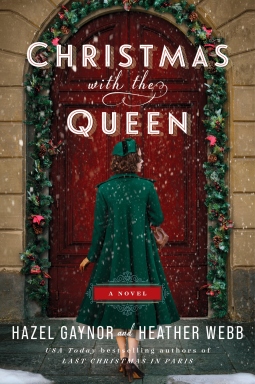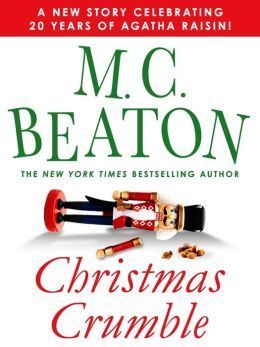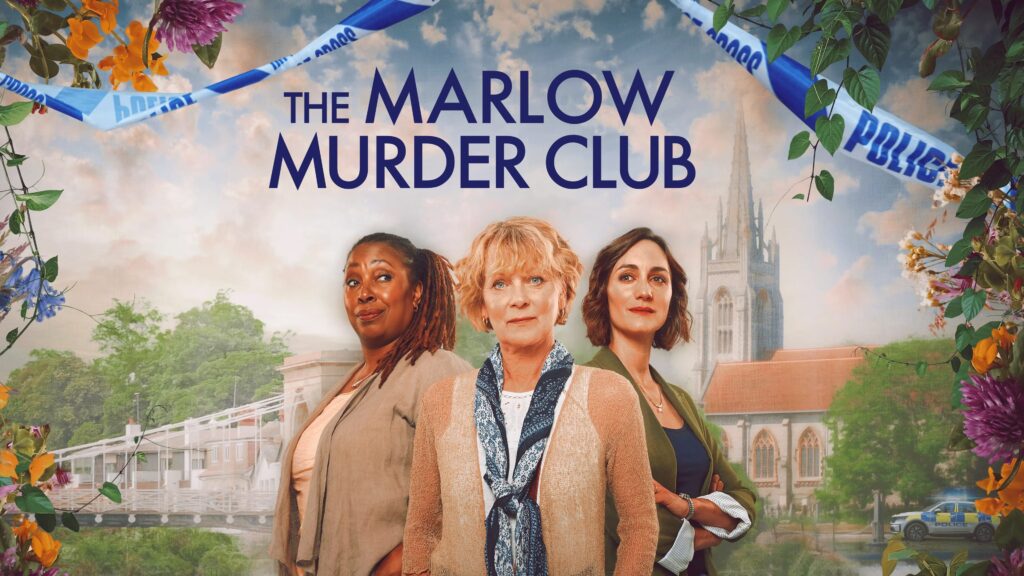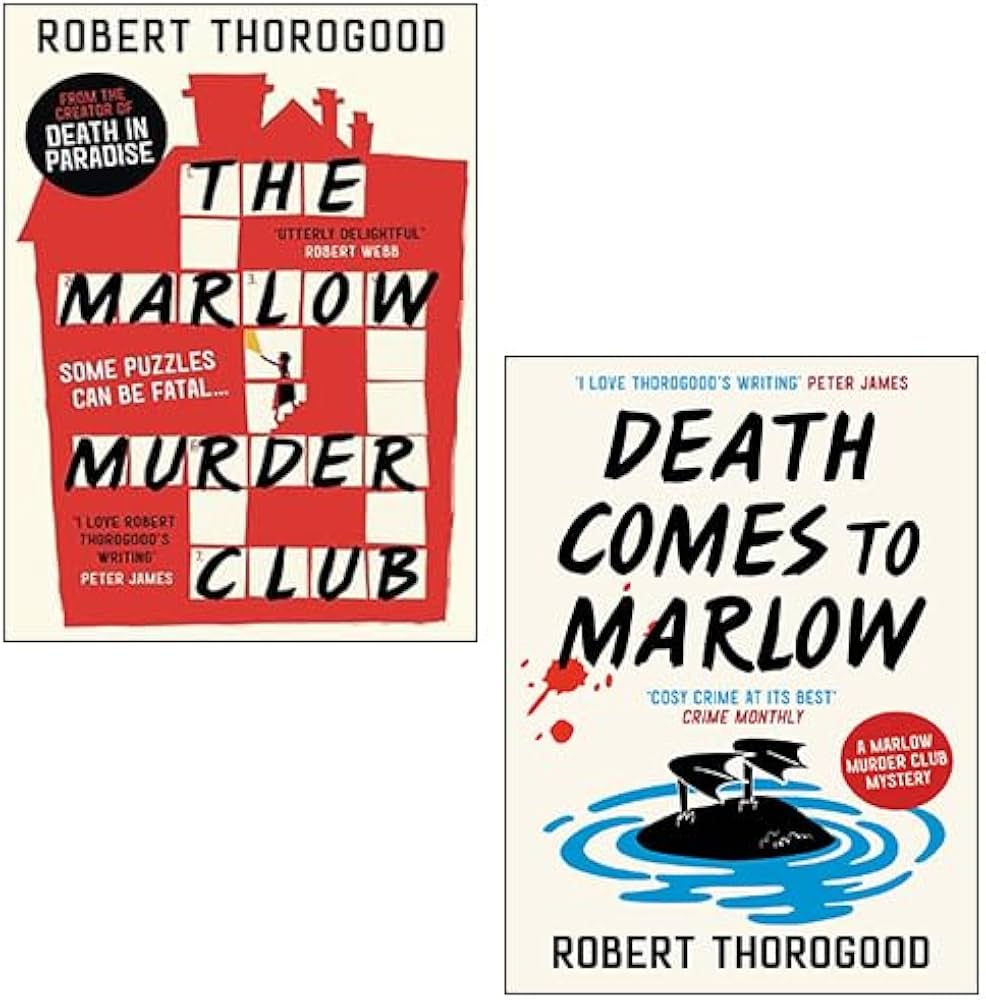The Reader’s Room by Antoine Laurain
Mr. Laurain is a French author who wrote The President’s Hat which I enjoyed very much. Turns out The Reader’s Room is just as clever and fun.
This short novel tells a big story. With a tragic past, Violaine, has transformed herself into a senior literary agent at a Paris publishing house. Her career is full — finding new literary talent, feting existing authors, and attending glamorous cocktail parties.
On her way back from a visit to a U.S. author (Stephen King, no less) her plane crashes. When she awakes from being in a coma after the crash, things begin getting strange.
She has lost much of her memory, she sees and can hold conversations with Marcel Proust, and one of her debut crime novels “Sugar Flowers” is up for France’s highest literary prize, but the author can’t be found. Even more concerning, people are getting murdered directly copying this crime novel and the police are investigating.
As Violaine’s memory starts to return, she discovers she has some very strange secrets including an uncomfortable link to the book. Is there a connection between Violaine, the author, and the crimes?
This short mystery book is just 176 pages and is beautifully translated so the sly humor and acerbic French wit are not lost. Mr. Laurain brings his characters alive with just a few elegant lines and tells their stories in just a few pages — concise with not a word wasted
I enjoyed this well crafted novel and its literary mystery — and hey, wouldn’t it be lovely to converse with Marcel Proust?
An advanced readers copy was kindly provided (a few years ago) by Gallic Books Ltd.
And look at this – I just checked out another of his novels from the library…already enjoying it. A group go wine tasting and get transported back to 1954 Paris – should be really fun.
The Grey Wolf by Louise Penny
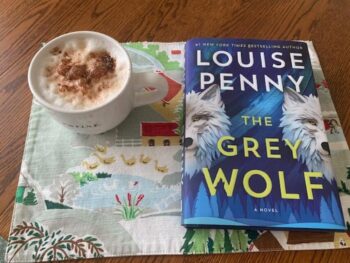
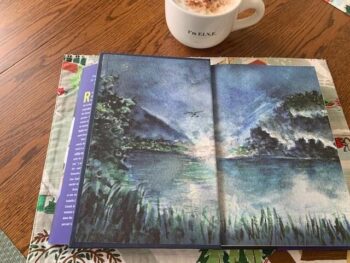
I purchased The Grey Wolf when it was first published back in November, and this beauty has been tempting me ever since from my reading nook. But then time got away from me, and it wasn’t until just after Christmas and all was quiet, that I finally (finally) got to start this latest Louise Penny.
If you’re new to this blog, or not aware of Louise Penny – you can read more about her wonderful Three Pines series on this blog – just do a search with her name.
If you haven’t yet read this series (this is now number 19) please, please read them in order — starting with Still Life.
From the book’s blurb:
Relentless phone calls interrupt the peace of a warm August morning in Three Pines. Though the tiny Québec village is impossible to find on any map, someone has managed to track down Armand Gamache, head of homicide at the Sûreté, as he sits with his wife in their back garden. Reine-Marie watches with increasing unease as her husband refuses to pick up, though he clearly knows who is on the other end. When he finally answers, his rage shatters the calm of their quiet Sunday morning.
Doesn’t that just make you want to dive right it? It sure did for me — and dive in I did.
After the mysterious phone call, Gamache is called to Montreal, where the alarm has gone off in his city pied-à-terre. He is puzzled, finding nothing missing except his coat. Soon the Chief Inspector is led on a rat race that includes his stolen coat, a cryptic message, the murder of a biologist, and his missing, most vital notebooks.
Gamache and his team soon uncover a plan to poison Quebec’s drinking water, and as they dig deeper, they start to suspect those in positions of power both within government and the Sûreté, and they soon realize they don’t know whom they can trust.
As Gamache and his team race against time to solve the case, the leads take them to numerous locations from Three Pines to Montreal, then to isolated coastal monasteries, Rome and beyond. All their investigations lead to the assembling of a troubling conspiracy — one that includes politicians at the very top of Canadian government, old wounds are opened, and characters and places from the previous Three Pines novels are re-visited.
I’m going to force myself to stop here – don’t want to give anything away, but I will disclose that I really appreciated Ms. Penny’s research for the background of The Grey Wolf. I learned much about the liquor Chartreuse and its top secret recipe. There are fascinating insights into the Catholic Church and the Carthusians and Dominican monks. Oh and I learned a new French phrase ‘Sauve qui peut’ translates roughly to ‘save whoever can’ or ‘every man for himself’.
Ms. Penny delivers another great novel that had me hooked from the opening pages, but I must confess the story line got complicated and slightly confusing — stick with it – as it all comes together in the end.
I’m going to get on my Book Barmy soap-box here: Some fans are displeased that the latest few novels have veered away from the semi-coziness of time spent in Three Pines – I somewhat agree, I too, miss the village and its characters. But I also recognize that Ms. Penny has started tackling serious, thought-provoking subjects with complicated plots and characters. I have to wholeheartedly support what she is doing. Ms. Penny is evolving her craft into new and exceedingly relevant realms — just think how boring it would be for her to write a little-village-based-cozy-mystery series. There are plenty of those out there if that’s what you crave. Plus, I appreciate the little bits here and there of coziness – especially the food; Grilled artisan cheese sandwiches, croissants, and hot chocolate, just to name a few.
If you’re wondering where the title comes from, this quote from early in the book explains:
…a grey wolf, wanted the old man to be strong and compassionate. Wise and courageous enough to be forgiving. The other, a black wolf, wanted him to be vengeful. To forget no wrong. To forgive no slight. To attack first. To be cruel and cunning and brutal to friends and enemies alike. To spare no one. …Which wolf will win, the grey or the black?…The one that I feed.
It is an intricate and gripping story of evil — yet Ms. Penny has the ability to balance the evil with light. Her insight into humanity is what always what satisfies me at the end of each novel and The Grey Wolf does not disappoint.
Here’s a quote that seems most appropriate for today – January 20, 2025…
How easily humans could adjust to darkness. To dark thoughts and darker deeds. Until, finally, the darkness became normal. And they no longer missed, or looked for, or trusted, the light.
N.B. If you haven’t read the previous books in the series, book number nine, A Beautiful Mystery is an essential before reading The Grey Wolf.
There is a sequel planned for later this year — The Black Wolf. Count me in!
How not to get Murdered in an English Village
British mysteries are some of my favorite reading, no matter what my mood, I adore the village settings, the very English personalities, and often eccentric characters. It probably comes as no surprise that I also enjoy some of the broadcast British mysteries – whether it’s Miss Marple or Midsommer Murders – there’s always a bucolic English village with quaint thatched cottages, the local pub, and countless cups of tea served in cozy tea rooms.
But don’t get too comfortable, as there is always, always a murder or two (or three!). These murders range from the genteel – stabbed by knitting needles in Miss Marple, to secret poisonings on Vera – to the very, very bloody killings in Badger’s Drift (I’m looking at you Midsommer Murders!)
The other night, as Husband and I finished a watching a murder mystery set in a wonderful little village, we said to each other – wow if we are ever in such an English village – we’ll have to be really quite careful.
Then, I remembered this essay from 2020 which made me laugh…I’ll post it now and in a later post will share some of my favorite British mysteries in both written and televised form.
~~~~~~~~~~~~~~~~~~~~~~~~~~~~~~~~~~~~~~~~~~~~~~~~~~~~~
Your Guide to Not Getting Murdered in a Quaint English Village
by Maureen Johnson
It’s happened. You’ve finally taken that dream trip to England. You have seen Big Ben, Buckingham Palace, and Hyde Park. You rode in a London cab and walked all over the Tower of London. Now you’ve decided to leave the hustle and bustle of the city and stretch your legs in the verdant countryside of these green and pleasant lands. You’ve seen all the shows. You know what to expect. You’ll drink a pint in the sunny courtyard of a local pub. You’ll wander down charming alleyways between stone cottages. Residents will tip their flat caps at you as they bicycle along cobblestone streets. It will be idyllic.
Unless you end up in an English Murder Village. It’s easy enough to do. You may not know you are in a Murder Village, as they look like all other villages. So when you visit Womble Hollow or Shrimpling or Pickles-in-the-Woods or Nasty Bottom or Wombat-on-Sea or wherever you are going, you must have a plan. Below is a list of sensible precautions you can take on any trip to an English village. Follow them and you may just live.
___________________________________
PLACES TO AVOID
___________________________________
The village fête
The village fête is a fair, a celebration on the village green. They toss coconuts, judge cakes, drink tea, and whack toy rats with mallets. It’s a nice way to spend a summer’s day and thin out the local population, because where there is a fête, there is murder. If you enter a town while the fête is happening, you are already dead. The tea urn is filled with poison. The sponge cakes are full of glass. There’s an axe in the fortune telling tent. The coconuts are bombs. It’s like the Hunger Games, but dangerous.
Anywhere with a vat
In English villages, vats only exist for drowning people—in beer, in pickling brine, in whiskey, in jam. This is doubly true if the vat was built by 14th century monks. If anyone offers to show you a vat, say you need to get something from your car, then start the engine and run them over. The police understand this sort of thing. Tell them about the vat.
Places with gargoyles or statuary
Ghosts and monsters of stone. They are there to kill you.
The village church
The vicar will find your body if you venture here.
The village shop
They sell cheese, stamps, tea, and death.
The stables
How do you prefer to go: pitchforked, or stomped to death by a two-thousand-pound animal? Spoiler: it will be both.
Canopy beds
They have snakes in them.
Kitchens
No.
Attics
Join the ghosts up there, why don’t you.
Higher floors
Stay low. They can’t throw you off the balcony if you never go up the stairs.
The stairs
They are the xylophones of death.
Lower floors
Marble busts fall down, not up.
Basements
They don’t even have to dig a hole to put you in.
Bathtubs
You’re better than this.
Wells
Full of the skeletons of Victorian children and, if you are unwise, you.
The pond
Just remove water as a category.
The village green
Also land.
___________________________________
PEOPLE TO AVOID
___________________________________
The vicar
See previous note about the village church. When you see the vicar, run. If you are not dead yet, the vicar is obliged to kill you.
The newest resident in town
They don’t know the Old Ways yet and refuse to learn. They want to open up a Coolspa in that twee Grade Two-listed thatched cottage. They’re talking to you because no one else will talk to them. They’ll be a popsicle soon enough. Shun.
Anyone who leaves a voice mail
Do not leave voice mails if you are in a murder mystery town. It means you Know Something. Don’t leave them. Don’t hang around people who do.
Anyone who looks out windows and sees things
Obviously.
The town doctor
The doctor has been up in everyone’s business and must die, along with anyone foolish enough to pay them a visit. You don’t need a doctor. You have the internet.
The local historian
They’ve just been looking through some old papers and found something very interesting. They’re just going to answer that knock on the door before telling the rest of the town what they found. If the historian tries to show you something, you punch them right in their dumb research-loving face and flee.
The impoverished aristocrat
Things are not great at the manor house. They’ve had to sell the lesser Turners and the staff is down to seven. They just found out what a microwave is and they are not happy about it. The poor aristocrat has just enough money to be a target and plenty of entitled rage. They are either the target of the falling bust or the one who plans on pushing it. Eat the rich.
The gardener
Their roses are perfect because of all the people under them.
The amateur astronomer
They like to go out alone at night to a remote location with a big looking-tube to look. Draw a circle around every word in that sentence that means “no”.
Birdwatchers
Birds are related to dinosaurs. Did you know that? And like the dinosaur, the birdwatcher will soon be extinct because looking.
Train enthusiasts
“Why, yes, this carriage is from the 1984 stock and has thirty seats. It used to come in from London, Waterloo Station but when they redid the tracks in 1998, why I’ll show you right here is where they connected the two, this rail right here…oh no there goes my head.”
The thespian
They quote Shakespeare in public, to children.
Anyone with a lot of bees
Oh, you walk around dressed like a fencing ghost and raise eighty thousand little killing machines? Good to meet you.
Visiting mystery novelists
You’ll make nice story meat.
The loner with a stick
This person appears in town and wanders around, laughing into a bucket and saying things like, “Aye know what ye did, ye old salty doorknob!” They will be found dead soon enough, possibly covered in bees.
___________________________________
PEOPLE AND PLACES THAT ARE GENERALLY SAFE
___________________________________
The pub
No one would defile the pub.
Anyone with a dog
Stick with the dogs. Dogs are angels and protect us from everything and we don’t deserve them.
You have now been warned….
Maureen Johnson is the author of the Truly Devious mystery series, which culminates with The Hand on the Wall (Katherine Tegen Books/HarperCollins; January 21, 2020).
Christmas Reading
Here we are, gifts wrapped, cookies made, baked goods delivered and now it’s time to kick back and read. It’s also time to share some of the books I’ve selected and stacked up to read this next week.
Is it possible to fall in love with a bookstore? Well, I certainty did – I fell hard for the Mysterious Bookshop in New York City – claims to be the oldest mystery specialty bookstore in the world. Just look – sigh…
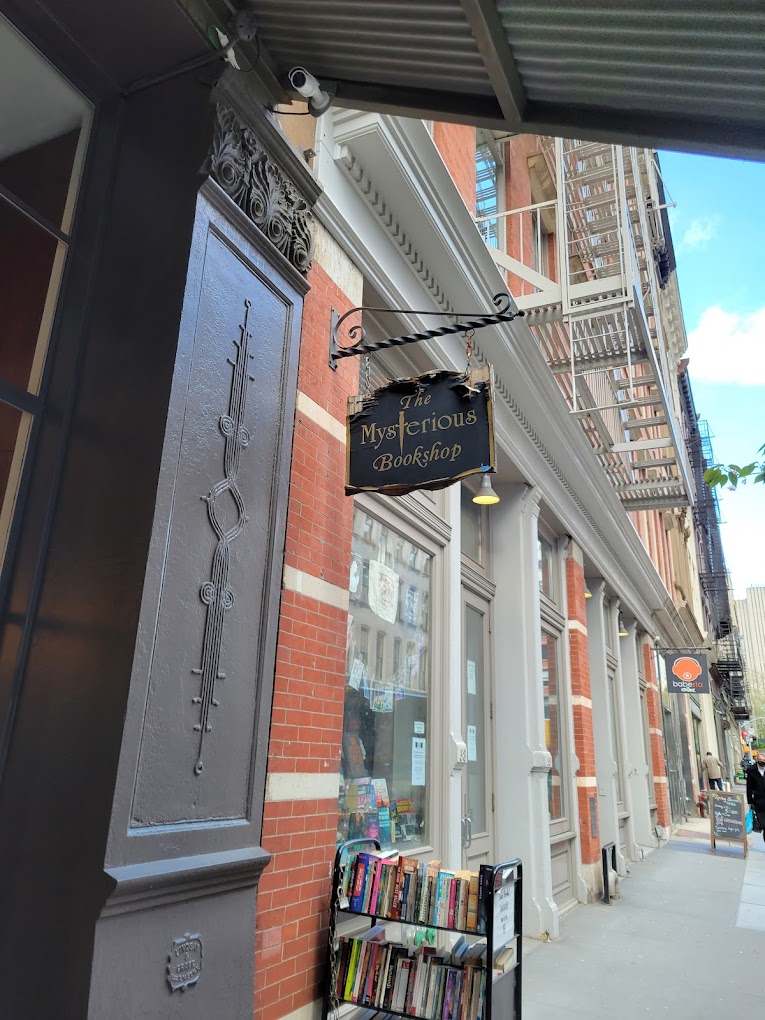

A few weeks ago, (perhaps, again, under the influence) I ordered the bookshop’s exclusive and newest Christmas crimes collection directly from the store and signed by the owner. The little volume arrived the other day (below left) and I am not disappointed. Then I had to dig out my older collection from 2011 (out of print, but found in a used bookstore out here)
Both books contain a collection of crime stories gathered from a wonderful tradition at the Mysterious Bookshop. For most of its forty-five-year history Otto Penzler, the owner, has commissioned an original short story as a holiday gift for its customers. These tales are written exclusively for the store, never published elsewhere, and were given as a holiday booklet to its customers as a thank you for their business — handed out or mailed between Thanksgiving and New Year’s Day. These booklets are rare and hard to find – click to make bigger.
Mr. Penzler’s requirements for these stories were based on three elements: that it be set at Christmastime, that it involve a crime of some kind, or the suspicion of one, and that it be set at least partially in the Mysterious Bookshop.
Many famous authors happily complied, including such notables as Jeffery Deaver, Laura Lippman, Lawrence Block, Ed McBain, and Donald E. Westlake – just to name a few.
I’ve already dipped in, and tales are as diverse as the authors. Perfect cozy crime reads for the holiday season.
And while I’m in a Christmas crime mood, here are two more I put on my stack to read this year. Both dug out from my stash of Christmas books — you see, I can’t get rid of them as the covers are so fun – wish you could see the sparkly cover on the Val McDermid book.
Again, short stories of crime set at Christmas – with a cup of tea or cocoa – well I’m all set…
Wishing you a cozy, warm and peaceful holiday week, filled with loved ones and some good books.
Hugs and happy reading ~~ Book Barmy
Reading Under the Influence
My recovery from knee replacement is going well, but for the first two weeks I was on pain drugs – which I found made some reading a challenge. I was close to the end of the latest Louis Penny novel, but the complex plot and clues became a jumble – as I say – under the influence.
Putting it aside for now, I read three very effortless Christmas books.
Perhaps you too, while not on drugs, are a bit scattered this time of year and want something easy to read right before bed ~~ try these, I enjoyed them all.
~~~~~~~~~~~~~~~~~~~~~~~~~~~~~~~~~~~~~~~~~~~~
Brightly Shining by Ingvild Rishoi
Brightly Shining is a Norwegian Christmas tale that has been critically acclaimed across Europe. I was drawn in by the sparkly cover.
This story is reminiscent of the fairy tale, ‘The Little Match Girl’ – so fair warning – not a happy Christmas story. Take two young girls, an alcoholic father, and all of them barely surviving on a cold Norwegian Christmas.
The little girls’ father gets a job selling Christmas trees, but it’s not long before he falls back into poor choices. The girls survive by helping out at the Christmas tree kiosk and make enough money to buy food and fuel. They survive on their dreams. Dreams of warm cabins, food, better times, and hope. But it’s hard to keep dreams alive when they, too, lose their gigs selling trees and the father is no where to be found.
While certainly sad, I found Brightly Shining compelling – the magic of dreams, the beautiful writing (it doesn’t read like a translation), and the girls endurance kept me turning the pages. In the end, no one saves the day which is very Norwegian realistic — and I will let you decide what you think of the ending.
A digital review copy was kindly provided by Grove Atlantic via Netgalley.
Christmas with the Queen by Hazel Gaynor & Heather Webb
Ms. Gaynor/Webb’s previous Christmas book – Last Christmas in Paris was one of my favorite holiday reads so I was very (very) pleased when the publisher sent me her newest – Christmas with the Queen.
This delightful novel opens with the beginning of Queen Elizabeth’s reign and her trepidation over her first Christmas Day Speech from Sandringham.
The dual story line opens in London when BBC typist Olive Carter, her best friend Rosie, and another girl Andrea meet Jack Devereux, a Seabee cook trained by his Louisiana grandfather, and pilot Peter Hall. The newly bonded young friends meet weekly at a pub to share their lives, hopes and dreams, flirting and settling into their new jobs and lives.
Seven years later Olive, now a single mom, is a junior reporter with the BBC and is sent as a replacement for her ill and stogy boss to cover the new Queen’s Christmas day speech at Sandringham. Once there she re-encounters Jack, who has lost his wife Andrea in an accident and has been recruited to help out in the royal kitchen for the holidays. Old sparks reignite, but their lives go in separate ways.
Christmas with the Queen goes on to follow the young Queen’s early Christmas broadcasts and Jack and Olive’s involvement with the royal household from 1952-1957. Times were changing in those post war years and the newly crowned Queen Elizabeth was facing a changing world. There is a special highlight on her actual Christmas Day speeches, and while the events that lead Olive to become her personal speech advisor may strain credibility, the interaction between these two mothers of young children, doing their duties in previously male held posts was insightful and heartwarming.
Jack becomes more than a valuable helper cook for Sandringham at Christmas, he becomes a permanent chef at Buckingham Palace, and joins the royal family on the royal yacht Britannia during the Queen’s commonwealth tour. I found the descriptions of the operation of the various royal kitchens fascinating and Jack, being an open and friendly American, develops a good matured and chummy relationship with Prince Philip.
As with their previous Christmas book, these two authors’ writing style drew me in and I fell headfirst into the story. (Again under the influence). It didn’t hurt that I’m a sucker for books about the royals. And, unlike the bleak Norwegian novel above – Christmas with the Queen has a heartwarming and magical ending — perfect for the holiday season.
A digital review copy was kindly provided by William Morrow via Netgalley.
Two minor quibbles: The authors obviously wanted to extend Jack and Olive’s romance over the years in the story line and so they loaded their relationship with miscommunications, set backs, and misunderstandings — which felt a little strained towards the end of the novel.
As I read, my teeth grated over the authors’ use of the grammatically incorrect ‘between Philip and I’ and ‘carefree days with Philip and I’. Arghh it should be between Philip and me and with Philip and me. Correct me if I’m wrong?
Christmas Crumble by M. C. Beaton
The more intellectual followers of this little blog, are most likely aghast at my fondness for the Agatha Raisin series, but there it is – I love these often silly, always funny mysteries.
Here’s what Goodreads said:
At home alone for the holidays, Agatha Raisin decides to host a dinner party for the elder residents in her Cotswold village . Agatha’s never been able to cook, but she’s dead-set on making this the perfect holiday for local “crumblies”. She’s decorated a tree while fending off her cats Hodge and Boswell, and even made a (lumpy) Christmas pudding in between swigs of rum.
When Agatha dumps the pudding on the head of the local self-proclaimed lothario—an eighty-five year old with a beer belly and fingers like sausages—his death by dessert proves more than a trifle as mysteries mount higher than the season’s snowfall. So much for trying to do good by her neighbors. Now Agatha needs no less than a Christmas miracle to get herself out of this one...
This little 36 page novel packs in a lot, and, as always, Agatha provides much merriment as she struggles to gain acceptance and love, fails miserably, but always pulls herself back up. And that, folks, is why I enjoy this character.
I’m now off the pain killers, just Tylenol – so I feel equipped to get back to Three Pines and the wonderful world of Louise Penny. But wait, look over there – more Christmas books to consider.
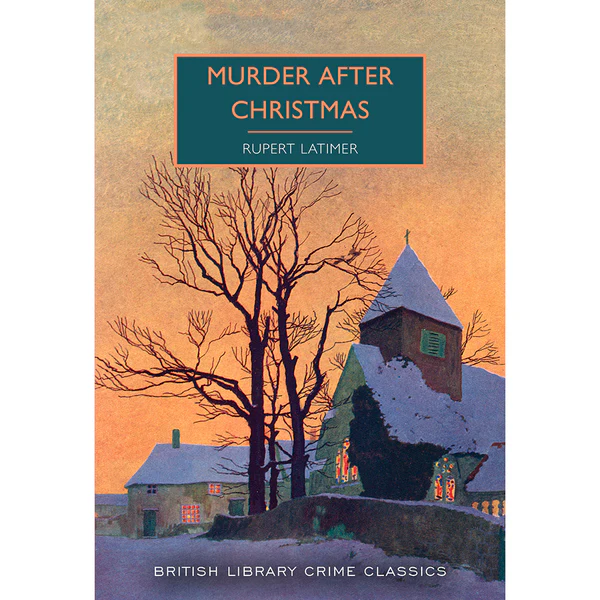
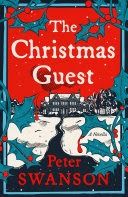
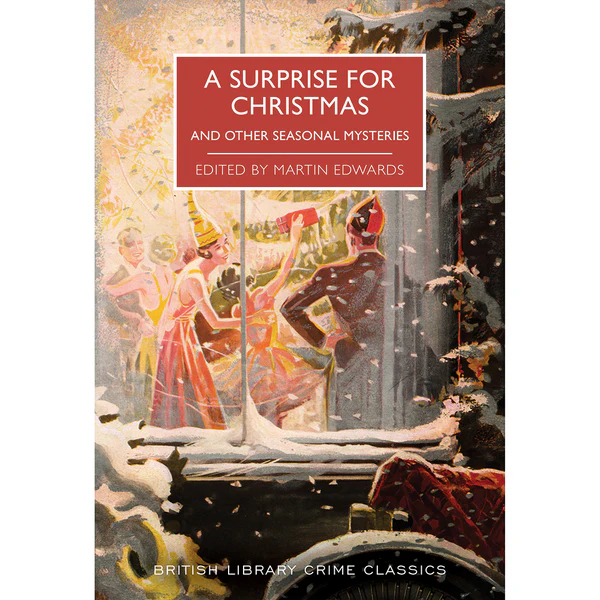
Tis’ the season after all…
Daily life is a bit different…
So, I have new knee! Yup, early last week I had a total knee replacement. I’d been putting it off for far too long. It was only during our recent trip, when I could hardly hobble over the cobblestones, and had to wait in a cafe while Husband went exploring. It was then I made my decision to finally have it done. We have too many trips in our future and all involve walking.
I’ve known about this surgery since September and have my moods have varied between angst, anticipation, worry, hope, dread and pure fright. You see, I’ve never had an operation before, let alone been in a hospital. (I know!)
In the end, It went really well. I was extremely well taken care of, all the nurses and doctors were kind, understanding, and comforting~~and as to the actual surgery – I remember nothing. And, I was home that same afternoon. So, all that pre-surgery worry and emotions was for nothing – a waste ~~ will I learn from this? Probably not.
I must admit the first three days were the worst, but here I am on Day 5 and every day is getting easier. To explain the title of this post — daily life has been reduced to exercises, walking around with walker, visits from the physical therapist, icing the knee, light meal, read, sleep – and repeat. Big shout out to Husband (and my favorite cabana boy) – coaching me with my exercises, preparing all the meals, fetching an afghan here, my book over there. He’s applied his Eagle Scout training to my care and rehab — to the point he sets his alarm to give me my meds exactly on schedule (at the sometimes ungodly 4am). He’s totally rocking the ‘for better or worse” vow. Getting choked up just writing about it – love that guy.
But enough of this about me – I want to talk about something else – not a book, per se, but another PBS Masterpiece series (bravo PBS!).
This series is based on the mystery novel of the same name written by Robert Thorogood . I’ve never read this book even though it has been on my to be read list. But,during the days leading up to the aforementioned surgery, I needed a good distraction so decided to watch it anyway.
The series is based in the village of Marlow* in (of course) England, and stars one of my favorite actresses, Samantha Bond who plays a former archaeologist Judith Potts. Judith unexpectedly comes across a murder in her very back yard when she overhears her neighbor being shot.
Initially, the police brush her off but when she successfully recovers the missing body, they launch a full police investigation, warning Judith to not get involved. Well, you know where this is going, Judith however immediately starts digging around , enlisting the help of dog-walker Suze, and the Vicar’s wife, Becks along the way.
Each of these women are keen to solve the murder and bring some excitement to their lives. Each has their own wonderful skills which they bring into the sleuthing. Suze being a dog walker, goes unnoticed as long as she has a dog at her side. Becks, the Vicar’s wife, is welcome into private homes and is privy to all sorts of tantalizing gossip and key clues.
This sleuthing trio soon uncovers another two dead bodies and realize that a serial killer is at large in Marlow. But what connects the three victims and how is it that the prime suspect in each instance always had the perfect alibi? With so much to figure out Judith, Suze, and Becks have their work cut out for them but if anyone can do it it’s the newly appointed Marlow Murder Club.
This is a extremely well done production (again bravo PBS) with beautiful local settings and lavish sets. I really enjoyed the multi-layered mystery, as our sleuthing trio tries to tackle a nearly impossible mystery. The story line develops across the four episodes — as one murder soon turns into three and we get to dive into the past, as well as the present to find out how it was pulled off.
A great watch from start to finish, the casting is just great, the writing sharp and fun. The Marlow Murder Club is an homage to the golden age crime era with a touch of modern spunk.
Here’s the trailer~~
And here’s a bonus story — on a business trip in the late 1990’s, I was fortunate to stay at the hotel featured in the PBS series ~~
It’s The Compleate Angler in Marlow – a magical hotel with all the amenities one could ever want. (For me it was tea and scones room delivery – sigh). The hotel is named after the1653 literary nature classic by Izaak Walton. I hated to leave – but of course, there were those pesky business meetings I had to attend. Someday I’ll go back and never leave – except to go on long walks along the river with my new knee!
Here’s the book and a sequel, if you’re interested – available at your local library, of course. I may stick to PBS as they are reportedly filming a second series based on the sequel.


